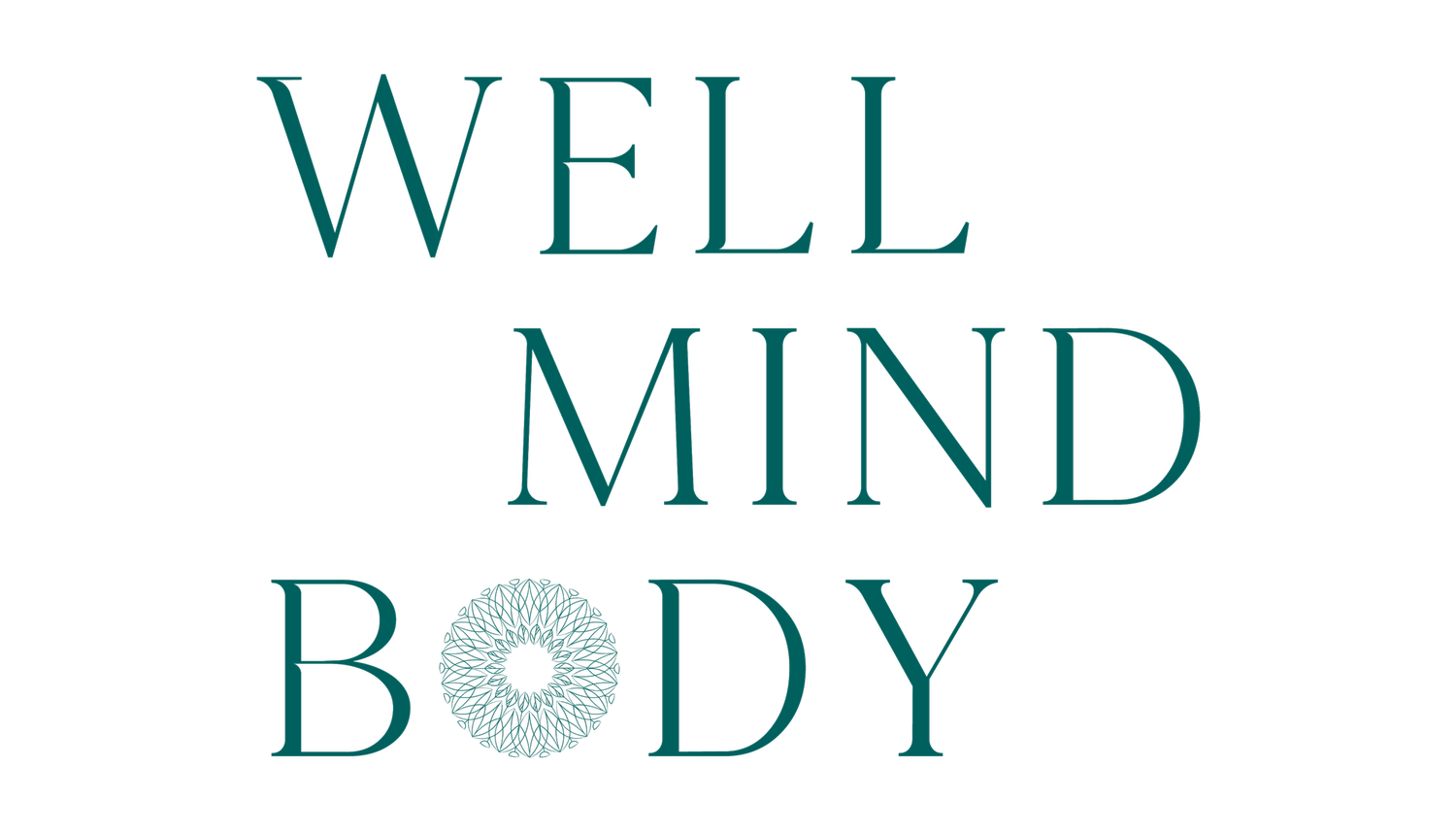Grounding & Walking Barefoot
I was walking with my kids last night, as we normally do, and a neighbor approached me on our walk today and asked, “You let your kids be barefoot outside?!” This person seemed a bit shocked and without skipping a beat then asked me if I was scared that they would get hurt. What is interesting is that I have been asked this fear based question many times before.
We have become so disconnected from ourselves and nature that we question strangers about something that is so natural.
I work every single day to live my life and parent my children from a place of groundedness and empowerment instead of fear. I feel solid in my decision to let my kids run barefoot.
From a social learning perspective, being barefoot invites us to be more mindful of our surroundings and experience different sensory input. From a physical perspective, running barefoot has been shown to reduce patellofemoral joint stress (Bonacci et al., 2014) and has also been shown to encourage a forefoot strike pattern that is associated with a reduction in impact loading and stride length (Altman & Davis, 2012).
As a health researcher and as someone who has overcome serious chronic health issues, I know the importance of being outside and grounding.
Grounding, also called earthing, is a technique used to connect their physical bodies to the earth's electrical energy (Oschman et al., 2015).
The earth has a negative electric charge. When we practice grounding, there is a transfer of free electrons to the human body (Menigoz et al., 2020).
My kids and I spend a lot of time outside. We participate in a program called 1000 Hours Outside and aim to spend at least three hours outside every single day.
Did you know that grounding has been shown to (Oschman et al., 2015; Sinatra et al., 2023):
💛 Improve Sleep
💛 Normalize Cortisol Rhythm
💛 Reduce Pain
💛 Reduce Inflammation
💛 Reduce Stress
💛 Shift autonomic nervous system from sympathetic toward parasympathetic activation
💛 Increase Heart Rate Variability
💛 Speed Wound Healing
💛 Reduce Blood Viscosity
So instead of living from a place of fear about kids running around barefoot, what if we asked ourselves, “How can we become more connected with our own minds, bodies and nature”?
Thanks for being here,
Dr. E
References:
Altman, A. R., & Davis, I. S. (2012). Barefoot running: Biomechanics and implications for running injuries. Current Sports Medicine Reports, 11(5), 244–250. https://doi.org/10.1249/JSR.0b013e31826c9bb9
Bonacci, J., Vicenzino, B., Spratford, W., & Collins, P. (2014). Take your shoes off to reduce patellofemoral joint stress during running. British Journal of Sports Medicine, 48(6), 425–428. https://doi.org/10.1136/bjsports-2013-092160
Menigoz, W., Latz, T. T., Ely, R. A., Kamei, C., Melvin, G., & Sinatra, D. (2020). Integrative and lifestyle medicine strategies should include Earthing (grounding): Review of research evidence and clinical observations. EXPLORE, 16(3), 152–160. https://doi.org/10.1016/j.explore.2019.10.005
Oschman, J. L., Chevalier, G., & Brown, R. (2015). The effects of grounding (earthing) on inflammation, the immune response, wound healing, and prevention and treatment of chronic inflammatory and autoimmune diseases. Journal of Inflammation Research, 8, 83–96. https://doi.org/10.2147/JIR.S69656
Sinatra, S. T., Sinatra, D. S., Sinatra, S. W., & Chevalier, G. (2023). Grounding – The universal anti-inflammatory remedy. Biomedical Journal, 46(1), 11–16. https://doi.org/10.1016/j.bj.2022.12.002
